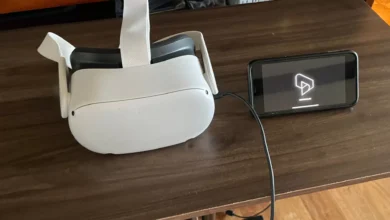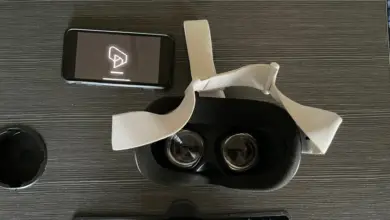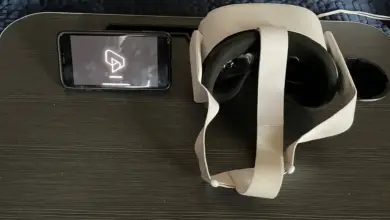How Long Does the Meta Quest 3 Take to Charge? Everything You Need to Know!
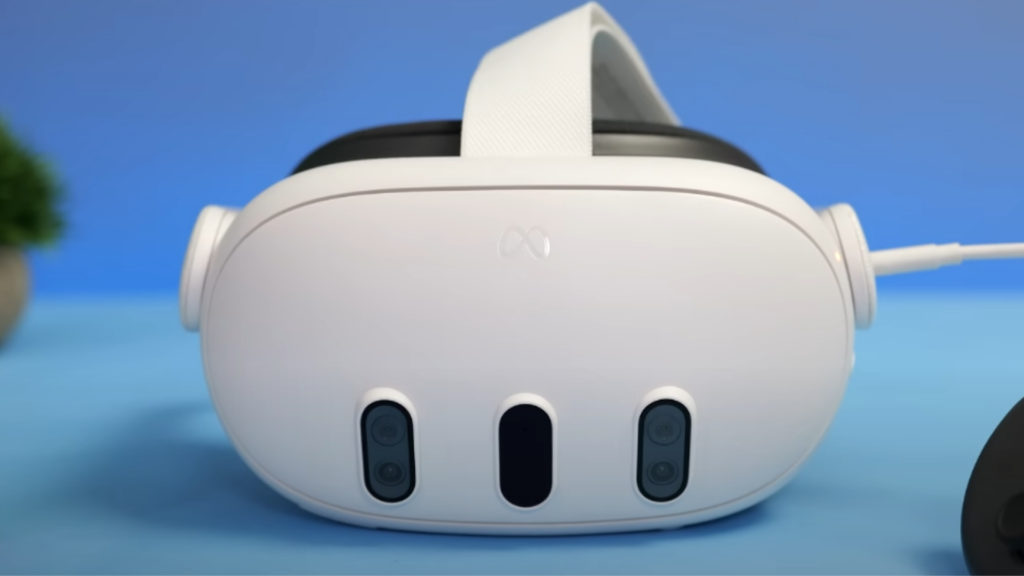
With the exciting release of the Meta Quest 3, many enthusiasts and newcomers to the virtual reality world are eager to get their hands on this latest gadget.
Beyond its new features and capabilities, there’s a very practical question that users want to know: how long does it take for the Meta Quest 3 to be fully charged and ready to use?
In this article, we will address this query, ensuring you can make the most of your new device without long waiting times. Let’s explore.
How long does the Meta Quest 3 take to charge?
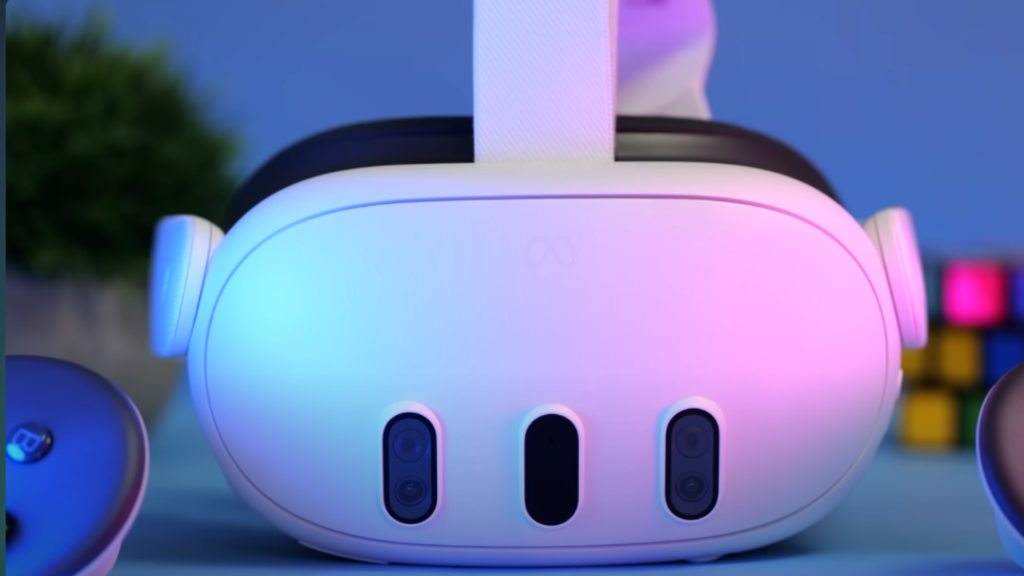
The Meta Quest 3 takes about two and a half hours to fully charge from an empty battery using the provided USB Type-C cable, which draws up to 18W of power at maximum. This charging time is similar to its predecessor, the Quest 2.
Once fully charged, the Quest 3 lasts for about two hours of playtime. During tests, this ranged from just under two hours to a little over.
If you’re using the Meta Quest 3 Elite strap, which comes with an extra battery, you can extend your playtime to about four hours total.
Factors Affecting Charging Time

Charging time isn’t just about plugging in your device and waiting. Several factors can influence how long it takes to charge your Meta Quest 3, and understanding these can help ensure efficient charging and prolong the device’s lifespan.
- Type of Charger Used: The power output of the charger can significantly impact charging times. Using the official USB Type-C charger designed for the Quest 3 ensures optimal charging speed. Other chargers, especially those with lower output, might not charge the device as quickly.
- Battery Health: Over time, batteries degrade, which can result in longer charging times and reduced overall battery life. Regularly overcharging or fully depleting the battery can speed up this degradation.
- Temperature: Extreme temperatures, whether hot or cold, can affect battery performance. Charging your device in a room that’s too hot or too cold might result in slower charging times and could even damage the battery in the long run.
- Background Processes: If the Quest 3 is running processes or apps in the background while charging, it can take longer to charge. For the quickest charge, it’s best to turn off the device or ensure no apps are running.
- Usage While Charging: It’s generally not recommended to use VR headsets while they’re charging, as this can slow down the charging process. If you do, the device will need to power your activities and charge the battery simultaneously.
- Condition of the Charging Cable and Port: Damaged cables or ports can impede the charging process. It’s essential to ensure both the charging cable and the port on the Quest 3 are in good condition and free from debris.
- Software Updates: Sometimes, firmware or software updates can affect charging speed. It’s always a good idea to keep your Quest 3 updated with the latest software to ensure optimal performance.
By understanding and monitoring these factors, users can optimize charging times and maintain their Meta Quest 3’s health and performance.
Safety Tips While Charging Your Quest 3
Ensuring safe charging practices for your Meta Quest 3 is essential not only for the longevity of the device but also for your own safety. Here are some key tips to keep in mind:
- Use Official Accessories: Always use the charging cable and adapter that came with your Quest 3 or those that are officially endorsed by Meta. This ensures the device gets the right amount of power and reduces the risk of electrical issues.
- Avoid Extreme Temperatures: Don’t charge your device in areas with extreme hot or cold temperatures. Batteries charge best in moderate conditions. Overheating can reduce the battery’s lifespan and pose potential risks.
- Keep Away from Moisture: Never charge your Quest 3 in damp or wet areas. Moisture can cause short circuits and potential damage to the device.
- Monitor While Charging: While it’s generally safe to leave your Quest 3 charging unattended, it’s good practice to periodically check on it to ensure there are no issues, like overheating.
- Unplug After Full Charge: Continuously leaving the Quest 3 plugged in after it’s fully charged can strain the battery over time. It’s a good habit to unplug once charging is complete.
- Ensure Ventilation: When charging, make sure the Quest 3 is in a well-ventilated area. Batteries can emit heat while charging, and good airflow helps in cooling it down.
- Inspect Cables and Ports: Periodically check the charging cable and port for any visible damage or wear. Damaged cables can be a safety hazard and might not charge the device efficiently.
- Avoid Using While Charging: It’s recommended not to use the Quest 3 while it’s charging. Not only can this slow down the charging process, but it can also increase the heat generated by the device.
- Stay Updated: Ensure that your Quest 3’s software is up to date. Sometimes, firmware updates can include improvements related to charging and battery management.
- Store Safely: If you’re not going to use your Quest 3 for an extended period, store it in a safe, cool, and dry place. It’s also a good idea to store it with about a 50% charge, as extreme charges (fully depleted or fully charged) can strain the battery over time.
By adhering to these safety guidelines, you can ensure a safe charging experience and extend the overall life and performance of your Meta Quest 3.
The Importance of Using the Right Charging Cable and Adapter
When charging your Meta Quest 3, the type of cable and adapter you use matters. Using the official charger ensures that the device gets the right amount of power, which helps in charging efficiently. On the other hand, a mismatched charger might not only slow down the charging process but could also harm the battery over time.
It’s not just about charging speed, but also safety. Official chargers have been tested for safety standards, minimizing risks like overheating. They’re also designed to communicate better with the device, ensuring that it doesn’t overcharge and damage the internal components.
Quality is another factor. Genuine cables and adapters tend to be more durable, providing consistent power over their lifespan. And with devices like Quest 3 receiving occasional software updates, it’s good to have a charger that’s fully compatible to avoid any issues.



